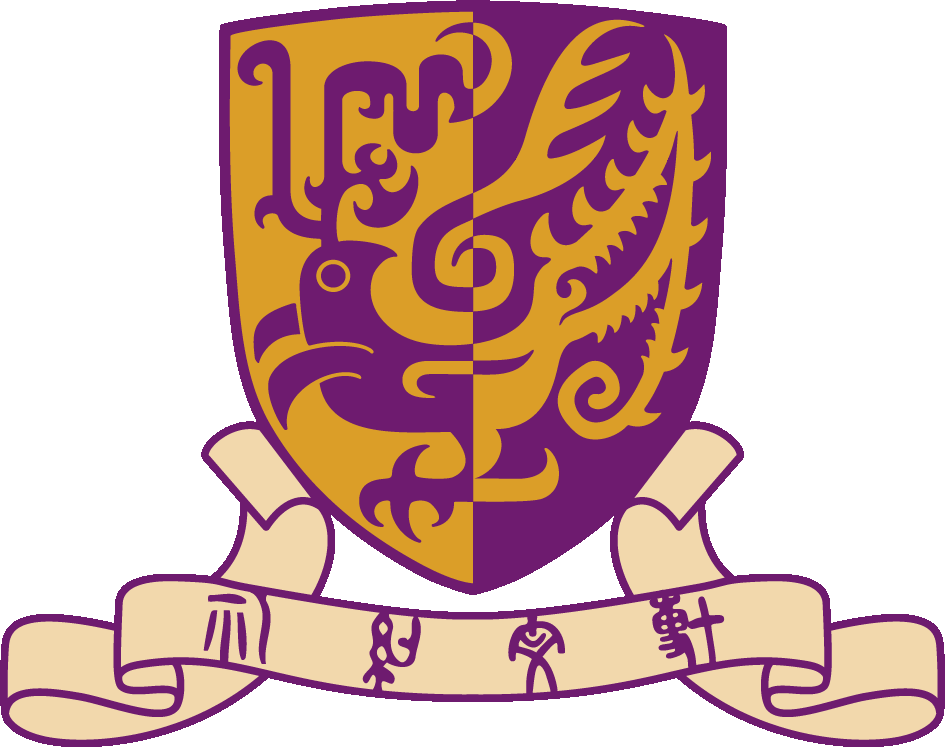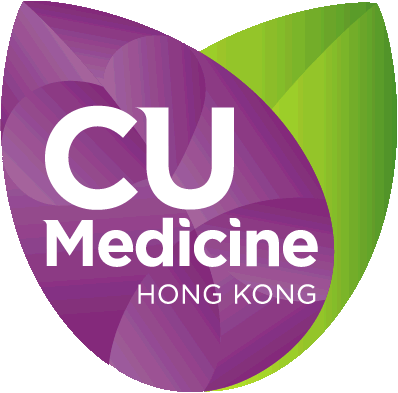Introduction
We work on MRI technology innovations and applying them to the diagnosis of clinical diseases. We work in an interdisciplinary field of physics, mathematics, engineering, and medicine. One of our main interests is to develop robust, non-invasive, and contrast-free technologies to detect biochemical symptoms of diseases. These technologies can be used for early diagnosis and post-treatment monitoring of diseases. Another major interest is to use AI to improve the diagnostic value of MRI. We work closely with clinical researchers to understand their clinical needs and determine the value of our inventions in clinical practice.
On-going Research
Quantitative Rotating Frame Relaxometry for Early Detection of Liver Fibrosis in Presence of Hepatic Iron. Hong Kong Health and Medical Research Fund. 01/08/2019-31/07/2021 HK$1,300,000
Principal Investigator – Professor Weitian Chen
Description: This project is to evaluate and correct the influence of iron on T1rho relaxometry, and evaluate their applications in chronic liver diseases at multiple clinical sites.
Development Of A Quantitative And Fully Automated Non-Contrast MRI Application For Early Detection And Monitoring Of Joint Diseases In Elderly Population. Hong Kong Innovation and Technology Fund Midstream Research Programme for Universities, 01/02/2019-31/01/2022. HK$7,800,000
Principal Investigator – Professor Weitian Chen
Description: The aim of this project is to improve diagnosis of osteoarthritis (OA).We will combine the MRI pulse sequences, reconstruction algorithms, and deep learning to achieve 3D Fast Spin Echo imaging with high image quality and efficient scan time. We will develop biochemical imaging method which can specifically measure glycosaminoglycan loss at early stage of OA using 3.0T MRI. We will also develop methods for fully automated segmentation and quantification of joint tissues. A quantitative OA grading system will be developed based on multivariate classification of anatomy quantification and biochemical imaging measurement, which will be used for early detection and post-treatment monitoring of OA. The development will be evaluated at multiple clinical sites.
Develop and evaluate breathhold black blood magnetic resonance imaging technology for simultaneous acquisition of quantitative T1rho and its composite metric for early diagnosis of liver fibrosis. Hong Kong General Research Fund, 01/01/2018 – 30/06/2020. HK$466,000
Principal Investigator – Professor Weitian Chen
Description: This project is to develop non-invasive and noncontrast MRI technologies for detection of liver fibrosis at an early stage, and evaluate the technology on patient cohorts at CUHK.
Develop Robust, Non-invasive, and Contrast-free Imaging Biomarkers Based on Magnetic Resonance Spin-lock Technology for Diagnosis of Biochemical Symptoms at The Early Stage of Human Diseases. Faculty Innovation Award, Faculty of Medicine, The Chinese University of Hong Kong, 01/01/2018 – 31/12/2022. HK$2,500,000
Principal Investigator – Professor Weitian Chen
Description: This project is to develop MRI acquisition and post-processing technologies for advanced quantitative spin-lock imaging and apply them for detection of biochemical symptoms of diseases.
Past Research
Develop A Magnetic Resonance Imaging Application of T1rho Relaxometry for Routine Clinical Use. Hong Kong Innovation and Technology Fund. 01/03/2017 – 31/12/2018. HK$1,281,000.
Principal Investigator – Professor Weitian Chen
Description: A main outcome of this project is a robust quantitative on- and off-resonance spin-lock imaging in presence of B1 RF and B0 field inhomogeneities.
Develop Magnetic Resonance Imaging Technology for Fat-Water Imaging and Simultaneous T1rho Quantification. Hong Kong Innovation and Technology Fund. 01/01/2018 – 30/06/2019. HK$1,395,000
Description: A main outcome of this project is a spin-lock technology which can perform chemical-shift encoding-based water-fat separation with multifrequency fat spectrum modeling
Selected publications
Chemical‐shift encoding–based water–fat separation with multifrequency fat spectrum modeling in spin‐lock MRI. Chen W, Karampinos DC. Magnetic Resonance in Medicine. 2019;00:1-17. https ://doi.org/10.1002/mrm.28026
Probing chemical exchange using quantitative spin‐lock R1ρ asymmetry imaging with adiabatic RF pulses. Jiang B, Jin T, Blu T, Chen W. Magnetic Resonance in Medicine. 2019 https://doi.org/10.1002/
On‐resonance and off‐resonance continuous wave constant amplitude spin‐lock and T1ρ quantification in the presence of B1 and B0 inhomogeneities. B Jiang, W Chen. NMR in Biomedicine. 2018 April. https://doi.org/10.
Breath-hold black-blood T1rho mapping improves liver T1rho quantification in healthy volunteers. Y Wang, M Deng, G Lo, D Liang, J Yuan, W Chen. Acta Radiol. 2017 Jan. doi: 10.1177/0284185117717764.
Bi-phase age-related brain gray matter magnetic resonance T1ρ relaxation time change in adults. YT Li, H Huang, Z Zhuo, PX Lu, W Chen, YX Wang. Magnetic Resonance Imaging. 2017 Jun 30;39:200-5.
Liver intravoxel incoherent motion (IVIM) magnetic resonance imaging: a comprehensive review of published data on normal values and applications for fibrosis and tumor evaluation. YT LI, JP Cercueil, J Yuan, W Chen, R Loffroy, YX Wang. Quant Imaging Med Surg. 2017 Feb;7(1):59-78
Breath-hold black blood quantitative T1rho imaging of liver using single shot fast spin echo acquisition. Quantitative imaging in medicine and surgery. Chen W, Chan Q, Wang YX. 2016 Apr;6(2):168.

